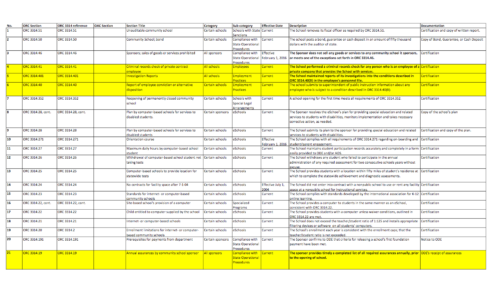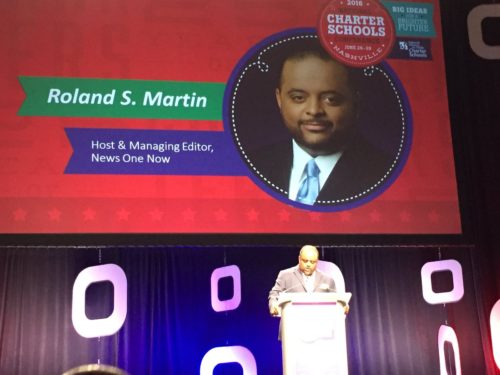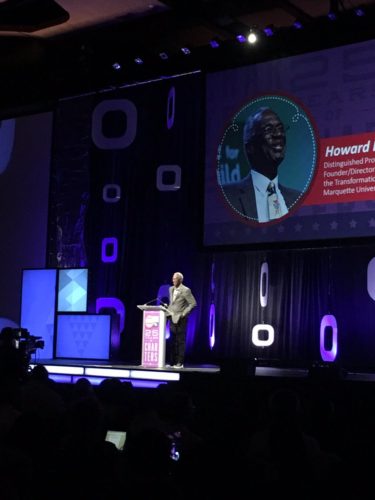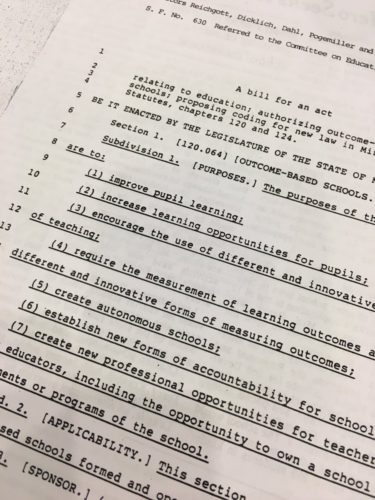The president of Marylanders to Prevent Gun Violence is doing something she has never done before: organizing volunteers to monitor the state’s Handgun Review Permit Board.
The board, which hears appeals from people who have been denied gun permits, is one of at least three in the state that oversees hot-button issues and now has a majority of its members appointed by first-term Gov. Larry Hogan, a Republican in a mostly Democratic state.
“We want to make sure the people who got on the board are voting with Maryland laws and not their personal philosophies,” said group President Jen Pauliukonis, explaining why the volunteers will take minutes of meetings and record each decision by the board. “We’re doing this because of the new appointees and because of our concern that Governor Hogan was trying to weaken our concealed-carry laws through the appointments.”
Hogan appointees also hold the majority on the state Board of Education and the Public Service Commission, which over the next several years are expected to make weighty decisions on everything from the role of standardized testing in schools to the expansion of charter schools, wind power and net metering, a system that allows customers to offset the cost of power drawn from solar panels that are connected to public-utility power grids.
Advocates from both sides of the political spectrum say they are watching closely to gauge the impact of those appointments.
Sen. Paul G. Pinsky (D-Prince George’s), vice chairman of the Senate Education, Health and Environmental Affairs Committee, said he thinks there is a “strong possibility” that the appointees could steer Maryland away from the progressive policies the state has become known for.
“I don’t want to write them off and say the plague has come to Maryland,” Pinsky said of the new members. “I just don’t think it has played out yet. It’s too early to tell what the effect will be.”
Matt Clark, a spokesman for Hogan, said the advocates seem to be “worried about something that might not happen,” adding that the boards and commissions are independent bodies and the Hogan administration “does not have the authority to make any demands on their decisions.”
Jeanne Allen, the founder of the pro-charter-school Center for Education Reform, said she is waiting to see whether the new school board is willing to “push the envelope” on education reform.
“I’m cautiously optimistic,” said Allen, who has advocated for bills making it easier to start charter schools in Maryland. At the same time, she said she worries that only some, not the majority of the new board, are willing to make the type of drastic changes she says she believes are needed to improve education in the state.
Political science professor Todd Eberly said the appointments are an important way for Hogan to advance his agenda in a state where Democrats control both chambers of the legislature by veto-proof majorities.
“Making conservative appointments doesn’t risk his popularity like a high-stakes legislative battle,” said Eberly, a political science professor at St. Mary’s College of Maryland. “If you are trying to effect change in state government, you look to areas where you have . . . a freer hand.”
Clark said the governor, who served as an appointments secretary under former governor Robert L. Ehrlich (R), sought the “most qualified, best possible candidates” for each of his appointments. He noted that each appointee must be confirmed by the Senate Executive Nominations Committee when the legislature is in session, although it is common practice for people appointed between legislative sessions to occupy their seats on an interim basis until confirmation hearings can be held.
“These folks have been scrutinized and cleared the hurdle,” Clark said. “So any questions that may be out there about those individuals about positions on policies have been put out there.”
Earlier this year, Marylanders to Prevent Gun Violence fought against Hogan’s appointment to the handgun review board of Richard Jurgena, a gun rights advocate who had publicly questioned the constitutionality of the state’s handgun permit law.
Jurgena’s contention that Maryland’s law requiring a “good and substantial reason” to get a concealed-carry permit was unconstitutional was troubling to many members of the Senate, which rejected his nomination.
Pauliukonis said her group took note of a report in The Washington Post before the 2014 elections in which gun rights advocates said Hogan had promised them he would do what he could as governor to expand access to firearms. Hogan disputed those claims, however, and Clark said the governor has repeatedly made clear that he does not plan to roll back the state’s strict gun laws.
“The firearms community has been watching” the handgun review board under the Hogan administration — just as it did under previous administrations, said Dan Blasberg, president of Maryland Shall Issue.
Asked whether he was hopeful that decisions from the new board would favor the firearms community, Blasberg said: “All we want, all we’ve ever wanted, is for the board to make its decisions based on Maryland law and statute, not based on personal feelings.”
Meanwhile, environmentalists lashed out at Hogan in June when he appointed Del. Anthony J. O’Donnell (R-Calvert), a lawmaker who has opposed major environmental initiatives, to the Public Service Commission. O’Donnell is expected to assume his post on an interim basis later this summer.
Tiffany Hartung, a spokesman for the Maryland Climate Coalition, said she was troubled by O’Donnell’s appointment and the governor’s appointment of Michael T. Richard, a former Hogan aide. She said she feared the appointees could undermine the expansion of renewable energy in Maryland.
O’Donnell, a longtime employee of Baltimore Gas & Electric, has been an outspoken critic of rate increases. During his 12 years in the House of Delegates, he has voted against bills that allowed offshore wind energy and that pushed for new standards in renewable energy usage to fight against climate change.
Richard, who served as a deputy chief of staff during the first part of Hogan’s term, left that post in January to become an interim member of the Public Service Commission. His confirmation hearing in March ran into trouble when the Senate committee became aware of emails Richard had sent to the governor’s office about commission business after taking his seat on the panel.
Richard gave information to his former colleagues about an offshore wind-power company’s application for renewable-energy credits and sought information from them as the commission was weighing a ruling on a solar-energy project.
He was eventually confirmed after a delay and following assurances from Richard that he was simply helping with the transition of his former job and keeping the governor’s staff updated on the status of various deliberations without divulging sensitive information.
Hogan also triggered complaints from teachers unions and proponents of traditional public schools earlier this year when he chose a leader in the charter school movement and other charter and private school advocates to join the state’s Board of Education.
The governor has appointed Chester Finn, a longtime advocate for charter schools and the co-founder of Edison Learning, a for-profit education group; Andy Smarick, who helped co-found the National Alliance for Public Charter Schools; Stephanie R. Iszard, the principal at Cornerstone Christian Academy in Prince George’s County; and Laura Weeldreyer, a consultant who works on charter school conversions.
“It appears the question is not how can we put students in a better position to be successful, but how can we help someone make a profit,” said Sean Johnson, the assistant executive director at the Maryland State Education Association.
Pinsky, who fought against the bill to expand charter schools, said he has met with many of the new board members and says he believes they share some common ground.
“I think we disagree on charter schools, and the legislature has put its imprint on where we think it should go,” he said. “We will have to take it issue by issue.”





















